Home>Garden Essentials>What Is The Best Ground Cover For Clay Soil
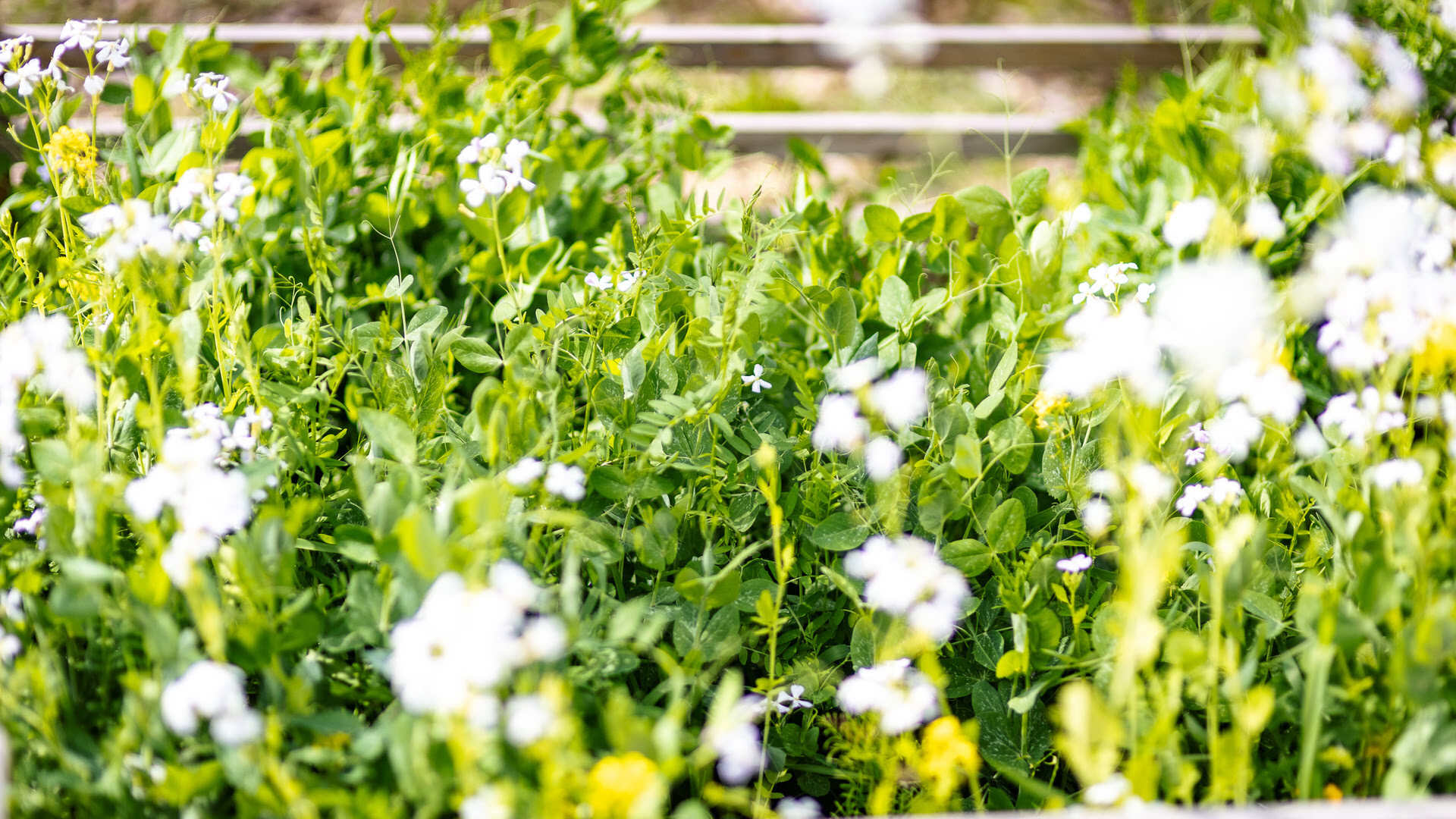

Garden Essentials
What Is The Best Ground Cover For Clay Soil
Modified: March 29, 2024
Discover the best ground cover options for your garden with clay soil. Find tips and suggestions to enhance the health and beauty of your garden in challenging soil conditions
(Many of the links in this article redirect to a specific reviewed product. Your purchase of these products through affiliate links helps to generate commission for Storables.com, at no extra cost. Learn more)
Introduction
Welcome to the world of gardening! If you’re here, it means you’ve taken the first step towards transforming your outdoor space into a beautiful and thriving garden. However, one challenge that many gardeners face is dealing with clay soil. Clay soil can be dense, compact, and slow to drain, making it difficult for plants to establish strong root systems and thrive.
But fear not! With the right approach and the selection of suitable ground covers, you can turn your clay soil into a fertile and vibrant garden. In this article, we will explore the best ground covers for clay soil, allowing you to create a stunning landscape while overcoming the challenges posed by this type of soil.
Before we dive into the specific ground covers, let’s take a moment to understand clay soil and its characteristics. Clay soil is composed of tiny particles that bind together tightly, resulting in poor drainage and a tendency to become compacted. This compaction restricts the movement of air, water, and nutrient availability, making it challenging for plants to grow and thrive.
When selecting ground covers for clay soil, it’s essential to consider several factors. First, you need to take into account the level of sunlight your garden receives and choose ground covers that thrive in those conditions. Additionally, consider the moisture level of your clay soil. Some ground covers are more tolerant of wet conditions, while others prefer drier soil.
Another crucial factor is the overall aesthetic you want to achieve. Do you want a cascade of colorful flowers, a dense carpet of foliage, or a mix of both? Understanding your desired look and feel will guide you in selecting the best ground cover options for your garden.
Now, let’s explore the top ground covers that are well-suited for clay soil:
Key Takeaways:
- Transform clay soil into a vibrant garden with the right ground covers. Choose perennials, shrubs, grasses, and groundcover plants that thrive in clay soil for a beautiful and sustainable landscape.
- Consider sunlight, moisture, growth habits, maintenance, and visual appeal when selecting ground covers. With the right choices, you can create a visually dynamic and resilient garden that thrives in clay soil.
Read more: What Ground Cover Grows In Moist Soil
Understanding Clay Soil
Before we delve into the best ground covers for clay soil, it’s important to have a solid understanding of this soil type and its unique characteristics. Clay soil is composed of fine particles that compact together, resulting in a dense and heavy texture. It has high water retention capabilities, which can cause drainage problems and hinder root development for plants.
One of the primary challenges with clay soil is its poor drainage. Due to its dense composition, water tends to accumulate on the surface for a longer period of time, leading to waterlogged conditions. This can suffocate plant roots and make them more susceptible to rot and diseases.
Additionally, clay soil has limited aeration, as the tightly packed particles do not allow for proper airflow. This can impact the availability of oxygen to plant roots and can lead to stunted growth and poor nutrient uptake.
Another characteristic of clay soil is its tendency to become compacted. Heavy foot traffic or machinery can cause the soil particles to compress, reducing pore space and further exacerbating drainage issues. It’s important to avoid excessive tilling or compacting the soil, as it can hinder plant growth.
However, it’s not all bad news! Clay soil can also have some positive attributes. It has the ability to retain nutrients effectively, which can benefit plants in nutrient-poor environments. Additionally, clay soil has high moisture retention capabilities, which can be advantageous during dry periods as it helps to keep plants hydrated.
When working with clay soil, it’s essential to take measures to improve its structure and drainage. Adding organic matter, such as compost or well-rotted manure, can help to break up the clay particles and improve drainage. Regularly incorporating organic matter into the soil will also enhance its fertility, as it adds essential nutrients and encourages beneficial microbial activity.
Understanding the nature of clay soil is crucial in selecting the right ground cover plants that can thrive in these conditions. Now that we have a better grasp of clay soil, let’s explore the best ground covers that can beautify your garden while tolerating and even benefiting from clay soil’s unique characteristics.
Factors to Consider for Choosing Ground Cover
When selecting ground cover plants for your clay soil, it’s important to consider several factors to ensure their success and create a beautiful and thriving garden. Here are some key factors to keep in mind:
Sunlight Exposure
Take note of the amount of sunlight your garden receives throughout the day. Some ground cover plants prefer full sun, while others thrive in partial shade or even full shade. Consider the sun exposure in your garden and choose ground covers that are well-suited to those conditions.
Moisture Level
Clay soil can be prone to water retention, so it’s important to consider the moisture level in your garden. Some ground covers prefer wet conditions and are more tolerant of consistently moist soil, while others prefer drier conditions. Choose ground covers that are adaptable to your clay soil’s moisture levels to ensure their longevity.
Growth Habit
Think about the growth habit and spread of the ground cover plants you choose. Some ground covers form clumps, while others spread and fill in space. Consider the overall look you want to achieve and how the ground covers will fill in the area, whether it’s a cascading carpet or a dense and uniform cover.
Maintenance Requirements
Consider the maintenance needs of the ground cover plants you select. Some may require frequent pruning or trimming, while others are low-maintenance and require minimal care. Take into account the time and effort you are willing to invest in maintaining the ground covers.
Visual Appeal
Lastly, consider the aesthetic appeal of the ground covers. Choose plants that fit your personal style and complement the overall design of your garden. Look for a variety of colors, textures, and heights to create visual interest and a captivating landscape.
By taking these factors into consideration, you can select the most suitable ground cover plants for your clay soil and ensure a successful and visually appealing garden. Now let’s explore the best ground covers for clay soil that will thrive under these conditions.
Best Ground Covers for Clay Soil
When it comes to selecting the best ground covers for clay soil, it’s important to choose plants that are well-adapted to the unique characteristics of this soil type. Here are some top options that will thrive in clay soil and add beauty and functionality to your garden:
Read more: What Grass Will Grow In Clay Soil
1. Perennials
Perennials are a great choice for clay soil as they establish deep root systems and can tolerate the compacted nature of the soil. Some excellent perennial choices for clay soil include:
- Hostas: These shade-loving plants have large, textured leaves that add an elegant touch to your garden.
- Daylilies: With their vibrant and long-lasting blooms, daylilies provide a burst of color to your garden.
- Black-eyed Susans: These cheerful flowers add a pop of yellow or orange to your landscape and attract pollinators.
2. Shrubs
Shrubs add structure and height to your garden while thriving in clay soil. Consider these shrubs for your clay soil garden:
- Lilacs: Known for their fragrant blooms, lilacs are a classic choice for clay soil and are available in a variety of colors.
- Spirea: This low-maintenance shrub offers beautiful foliage and delicate flowers, adding interest to your garden.
- Mock Orange: With its fragrant white blossoms, mock orange provides a delightful sensory experience in your garden.
3. Grasses
Grasses are an excellent choice for clay soil as they have deep root systems that can penetrate compacted soil and improve its structure. Consider these grasses for your clay soil garden:
- Maiden Grass: This tall and graceful grass adds height and movement to your garden with its feathery plumes.
- Switchgrass: A native grass with beautiful foliage and airy seedheads, switchgrass brings texture and interest to your landscape.
- Fescue: This cool-season grass is known for its durability and ability to thrive in a variety of soil conditions, including clay.
4. Groundcover Plants
Groundcover plants are the perfect choice for filling in gaps and creating lush carpets in your garden. Consider these groundcover options for clay soil:
- Creeping Thyme: With its aromatic foliage and delicate flowers, creeping thyme adds color and fragrance as it spreads.
- Creeping Phlox: This low-growing plant blankets the ground with a mass of colorful blooms, creating a stunning display.
- Ajuga: Also known as bugleweed, ajuga forms a dense carpet of foliage and produces spikes of flowers in various shades.
By selecting the right combination of perennials, shrubs, grasses, and groundcover plants, you can create a diverse and beautiful garden that thrives in clay soil. Don’t be afraid to mix and match these options to achieve the desired aesthetic and functionality in your outdoor space.
With these top ground cover choices, you can transform your clay soil garden into a flourishing and visually stunning oasis. Remember to prepare and amend your soil appropriately, provide proper maintenance, and enjoy the rewards of a vibrant and thriving garden!
Read more: How To Enrich Clay Soil For Grass
Perennials
Perennials are an excellent choice for clay soil, as they are hardy and can tolerate the compacted nature of the soil. These plants establish deep root systems, allowing them to access moisture and nutrients more effectively. Here are some fantastic perennial options that thrive in clay soil:
Hostas
Hostas are shade-loving perennials that are perfect for gardens with clay soil. They are known for their large and textured leaves, which come in a variety of colors and patterns. Hostas add an elegant touch to your garden and provide a lush and leafy backdrop. They are low-maintenance plants that require regular watering and benefit from a layer of mulch to help retain moisture.
Daylilies
Daylilies are versatile perennials that offer dazzling blooms and are well-suited for clay soil. They come in a wide range of colors and thrive in both full sun and partial shade. Daylilies are known for their extended blooming period, with each flower lasting only a day but producing multiple blooms from each stalk. These hardy plants are low-maintenance and require minimal watering once established.
Black-eyed Susans
Black-eyed Susans are vibrant and cheerful perennials that can tolerate clay soil with ease. With their yellow or orange daisy-like flowers and dark centers, they bring a pop of color and attract pollinators to your garden. Black-eyed Susans are heat and drought-tolerant, making them a resilient choice for gardens with clay soil. These perennials benefit from deadheading spent flowers to encourage continuous blooming throughout the season.
Read more: What Is The Best Ground Cover For NC
Phlox
Phlox, both creeping and tall varieties, are beautiful perennials that thrive in clay soil. Creeping phlox forms dense mats of colorful flowers in early spring, creating a stunning groundcover. Tall phlox, on the other hand, brings height and vibrant blooms to your garden during the summer months. Phlox prefers full sun and regular watering, and they benefit from periodic division to maintain their health and vigor.
These are just a few examples of the many perennial options available for gardens with clay soil. When selecting perennials, consider the level of sunlight and moisture in your garden, as well as the overall aesthetic you wish to achieve. By choosing perennials that are well-suited for clay soil, you can create a beautiful and sustainable garden that thrives year after year.
Shrubs
Shrubs are a great addition to any garden, and there are several varieties that thrive in clay soil. They provide structure, height, and beauty to your landscape while tolerating the compacted nature of clay soil. Here are some excellent shrub options for clay soil:
Lilacs
Lilacs are well-loved for their fragrant blooms and are a classic choice for gardens with clay soil. They come in a variety of colors, including shades of purple, pink, and white, and their blossoms perfume the air in springtime. Lilacs prefer full sun and can tolerate some shade. They require regular pruning to maintain their shape and promote new growth. Lilacs are hardy shrubs and can withstand harsh winter conditions.
Spirea
Spirea is a versatile shrub that offers beautiful foliage and delicate flowers, making it an excellent choice for clay soil. The leaves of spirea come in varying shades of green, and some varieties feature colorful fall foliage. The flowers bloom in clusters, ranging in color from white to pink. Spirea thrives in full sun to partial shade and requires regular watering, especially during dry periods. Light pruning after flowering helps maintain its compact shape.
Read more: What Is The Best Flowering Ground Cover
Mock Orange
Mock orange, also known as Philadelphus, is a shrub that brings fragrance and beauty to your garden. Its white flowers resemble those of orange blossoms and emit a delightful scent. Mock orange can tolerate clay soil and is relatively low-maintenance. It prefers full sun to partial shade and benefits from regular watering, especially during dry spells. Pruning after flowering can help shape the shrub and promote new growth for the following season.
Forsythia
Forsythia is a vibrant and hardy shrub that is well-suited for clay soil. Its bright yellow flowers are a welcome sight in early spring, signaling the arrival of warmer weather. Forsythia is a fast-growing shrub that can tolerate various growing conditions. It prefers full sun but can also thrive in partial shade. Forsythia requires regular watering, particularly during dry periods. Pruning after flowering helps maintain its shape and encourages better flowering for the following year.
These are just a few examples of shrubs that can transform your clay soil garden into a beautiful and vibrant space. When selecting shrubs, consider factors such as sun exposure, water requirements, and desired height and blooming time. With the right shrubs, you can create a visually appealing and resilient garden that thrives in clay soil.
Grasses
Grasses are versatile and hardy plants that can thrive in clay soil, adding texture and movement to your garden. They have deep root systems that can penetrate compacted soil, making them an ideal choice for clay soils. Here are some grasses that are well-suited for clay soil:
Maiden Grass
Maiden grass, also known as Miscanthus, is a popular ornamental grass with feathery plumes that add a touch of elegance to any garden. It is a tall grass that can reach heights of 4 to 8 feet, making it a statement plant in your landscape. Maiden grass prefers full sun and performs well in clay soil. It requires regular watering, particularly during hot and dry periods. Regular pruning in early spring helps maintain its shape and encourages lush growth.
Read more: What Is The Best Ground Cover For A Hillside
Switchgrass
Switchgrass, also known as Panicum, is a native grass that thrives in a variety of soil conditions, including clay. It is a versatile plant that can adapt to different lighting conditions, from full sun to partial shade. Switchgrass grows in clumps and features tall stems with airy seedheads that sway in the breeze. This grass adds a natural and relaxed feel to your garden. Switchgrass is drought-tolerant once established and requires minimal maintenance, making it an excellent choice for low-maintenance landscapes.
Fescue
Fescue is a cool-season grass that is known for its durability and ability to thrive in various soil conditions, including clay. There are different types of fescue grasses, such as tall fescue and fine fescue, each with its own unique characteristics. Fescue grasses prefer full sun to partial shade and have good drought tolerance. These grasses form dense clumps and provide a lush carpet-like appearance in your garden. Fescue grasses benefit from regular watering and occasional mowing to maintain their neat appearance.
Pampas Grass
Pampas grass, or Cortaderia selloana, is a striking and large grass that can bring drama and beauty to your garden. It features tall plumes of feathery flowers that can reach heights of 6 to 10 feet. Pampas grass prefers full sun and well-draining soil but can also tolerate clay soil. It requires regular watering, especially in hot and dry conditions. Pampas grass benefits from annual pruning in early spring to remove old growth and encourage new growth for the following season.
These grasses are just a few examples of the many options available for clay soil gardens. When selecting grasses, consider factors such as sun exposure, water requirements, and desired height. With the right grasses, you can create a dynamic and visually appealing landscape that excels in clay soil conditions.
Groundcover Plants
Groundcover plants play a crucial role in filling in gaps and covering bare soil, creating a lush and cohesive look in your garden. When it comes to clay soil, it’s important to choose groundcover plants that can tolerate the compacted nature of the soil and provide effective coverage. Here are some excellent groundcover options for clay soil:
Read more: What Is The Best Ground Cover Killer
Creeping Thyme
Creeping thyme is a low-growing herbaceous perennial that forms a dense and fragrant carpet. It is well-suited for clay soil as it can tolerate the compacted nature of the soil. Creeping thyme produces small, aromatic leaves and clusters of tiny flowers in shades of pink, purple, or white. Apart from its charming appearance, creeping thyme also attracts pollinators to your garden. It prefers full sun and requires moderate watering. Regular pruning helps maintain its shape and encourages healthy growth.
Creeping Phlox
Creeping phlox, also known as Phlox subulata, is a beautiful groundcover plant that forms a vibrant carpet of flowers in early spring. It produces masses of small blooms in various shades such as pink, purple, and white, creating a stunning display. Creeping phlox thrives in clay soil and prefers full sun. It requires consistent moisture but can tolerate short periods of drought. Regular deadheading of spent flowers can prolong the blooming period and promote new growth.
Ajuga
Ajuga, or bugleweed, is a fast-spreading groundcover plant that thrives in clay soil. It features dense foliage in shades of green, bronze, or purple, and produces spikes of small flowers in shades of blue, pink, or white. Ajuga forms a dense mat, making it an ideal choice for covering bare soil and suppressing weed growth. It prefers partial shade but can tolerate some sun. Ajuga benefits from regular watering and occasional dividing to maintain its health and vigor.
Sedum
Sedum, also known as stonecrop, is a versatile groundcover plant that can tolerate a wide range of soil conditions, including clay. It features succulent leaves that are drought-tolerant and come in various shapes and textures. Sedums produce clusters of star-shaped flowers in shades of white, pink, or yellow, adding a burst of color to your garden. They prefer full sun but can also tolerate partial shade. Sedums require well-draining soil and are low-maintenance, making them an excellent choice for busy gardeners.
These are just a few examples of the many groundcover plants that can thrive in clay soil. When selecting groundcovers, consider factors such as sunlight exposure, water requirements, and desired height and color. By choosing the right groundcovers, you can create a lush and visually appealing garden while effectively covering and enriching your clay soil.
Read more: How To Improve Clay Soil For Lawns
Conclusion
Transforming your clay soil garden into a thriving and beautiful oasis is possible with the right selection of ground covers. By understanding the characteristics of clay soil and considering various factors such as sunlight exposure, moisture levels, growth habits, maintenance requirements, and visual appeal, you can choose the best ground covers that will not only survive but flourish in your garden.
Perennials are an excellent choice for clay soil, with options such as hostas, daylilies, black-eyed Susans, and phlox. These resilient plants establish deep root systems, providing stability and long-lasting beauty to your garden. Shrubs like lilacs, spirea, mock orange, and forsythia not only add structure but also offer bursts of color and fragrance, enhancing the overall ambiance of your outdoor space.
Grasses, such as maiden grass, switchgrass, fescue, and pampas grass, bring texture and movement to your garden, thriving in the compacted nature of clay soil. They can withstand various growing conditions and create a visually dynamic landscape. Groundcover plants like creeping thyme, creeping phlox, ajuga, and sedum provide effective coverage for bare soil, while adding beauty and interest to your garden.
Remember to prepare your clay soil adequately by adding organic matter to improve its structure and drainage. Regular maintenance, including pruning, watering, and occasional division, will ensure the health and vitality of your ground covers. With the right combination of ground covers, you can create an aesthetically pleasing and sustainable garden that thrives despite the challenges of clay soil.
Embrace the potential of your clay soil and let your creativity guide you in selecting the best ground covers for your garden. By considering the unique characteristics of your soil and the specific needs of the plants you choose, you can create a truly magnificent landscape that you can enjoy for years to come.
Frequently Asked Questions about What Is The Best Ground Cover For Clay Soil
Was this page helpful?
At Storables.com, we guarantee accurate and reliable information. Our content, validated by Expert Board Contributors, is crafted following stringent Editorial Policies. We're committed to providing you with well-researched, expert-backed insights for all your informational needs.
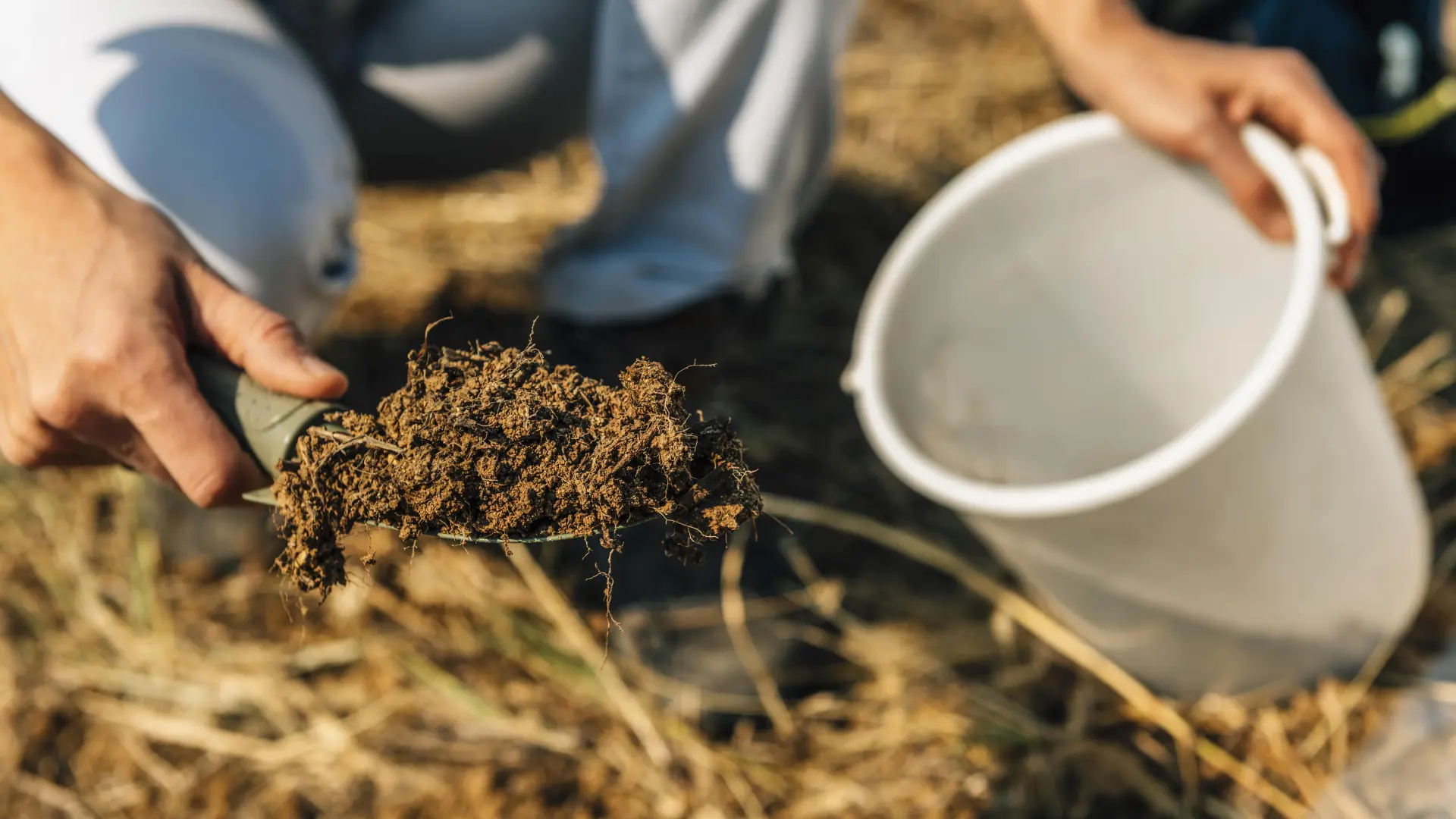
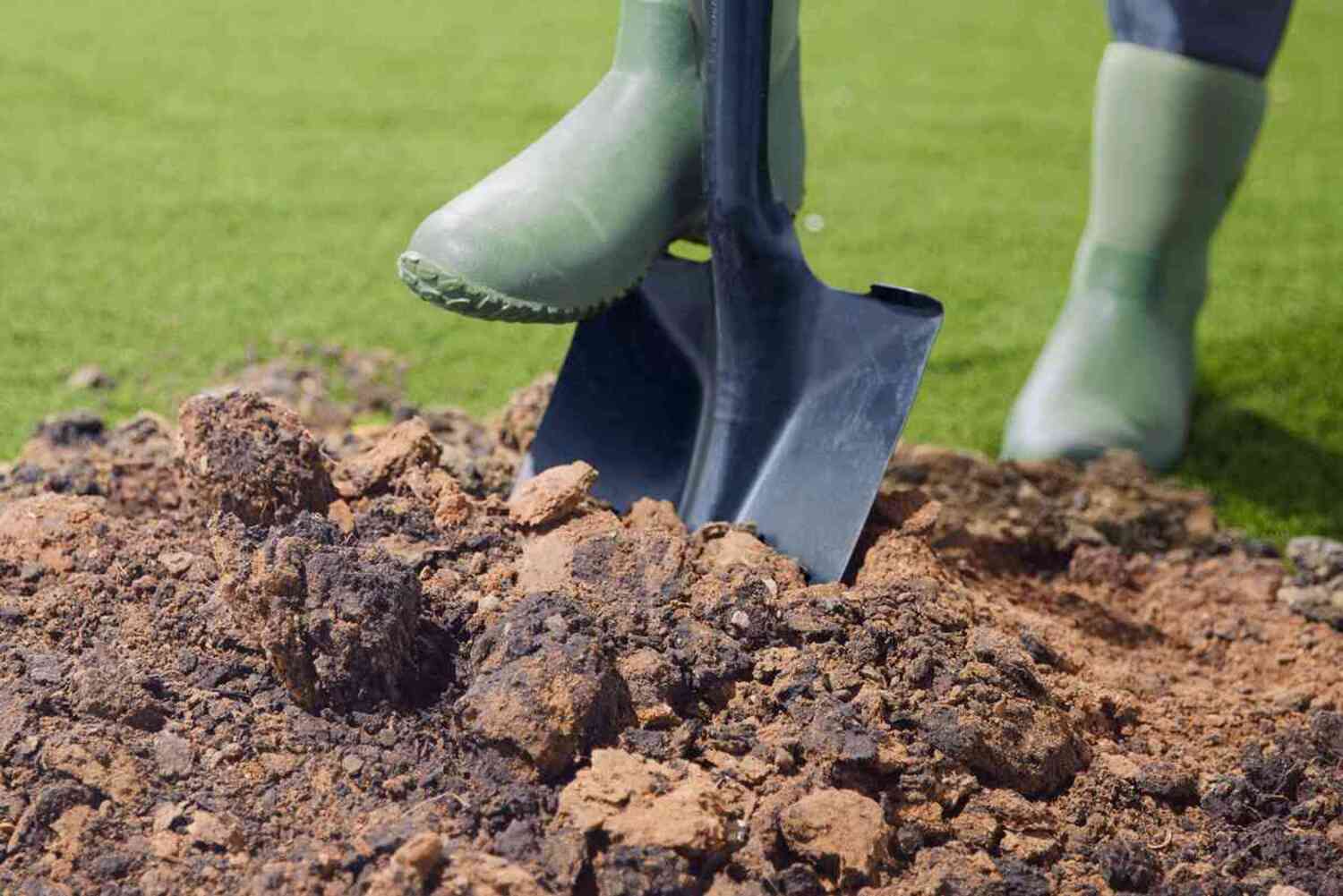
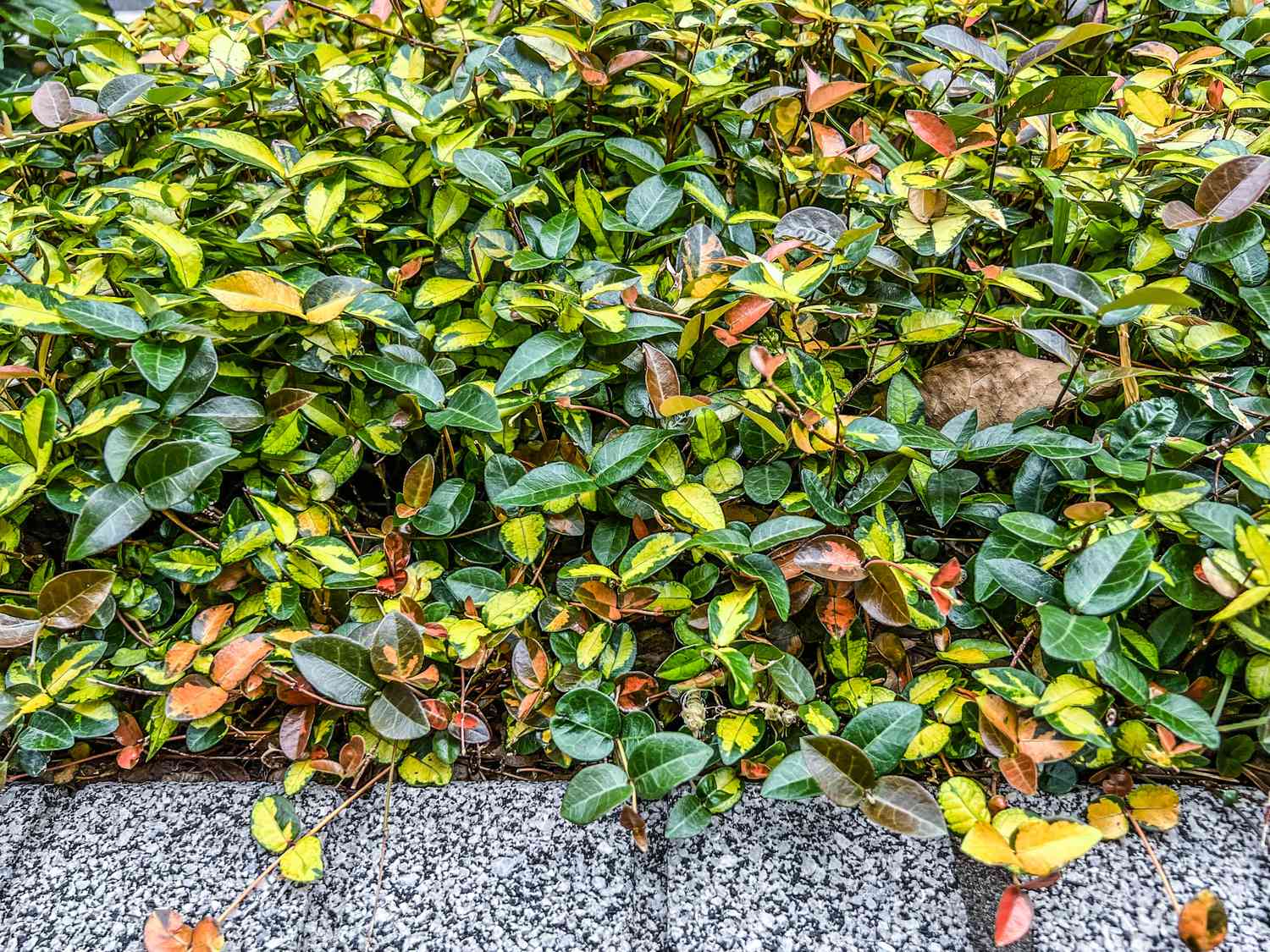
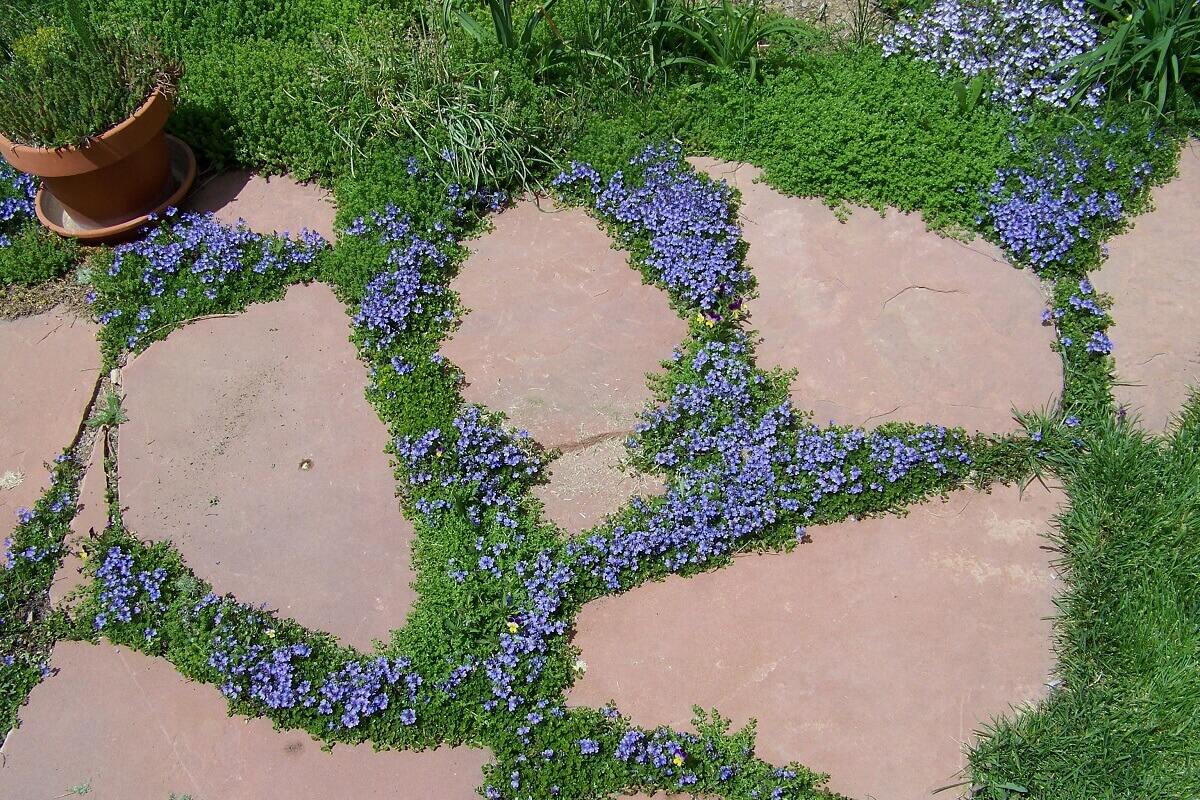
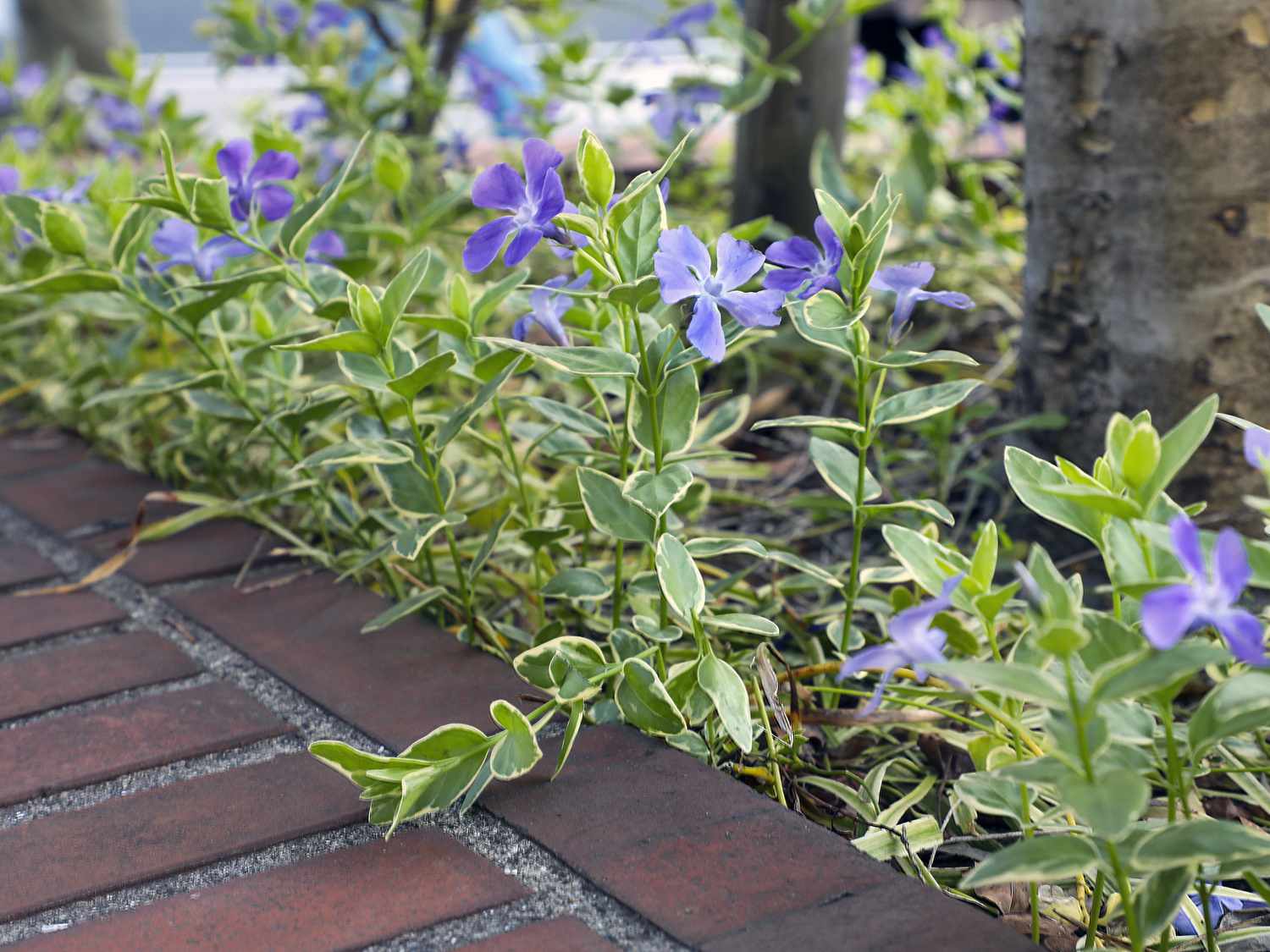

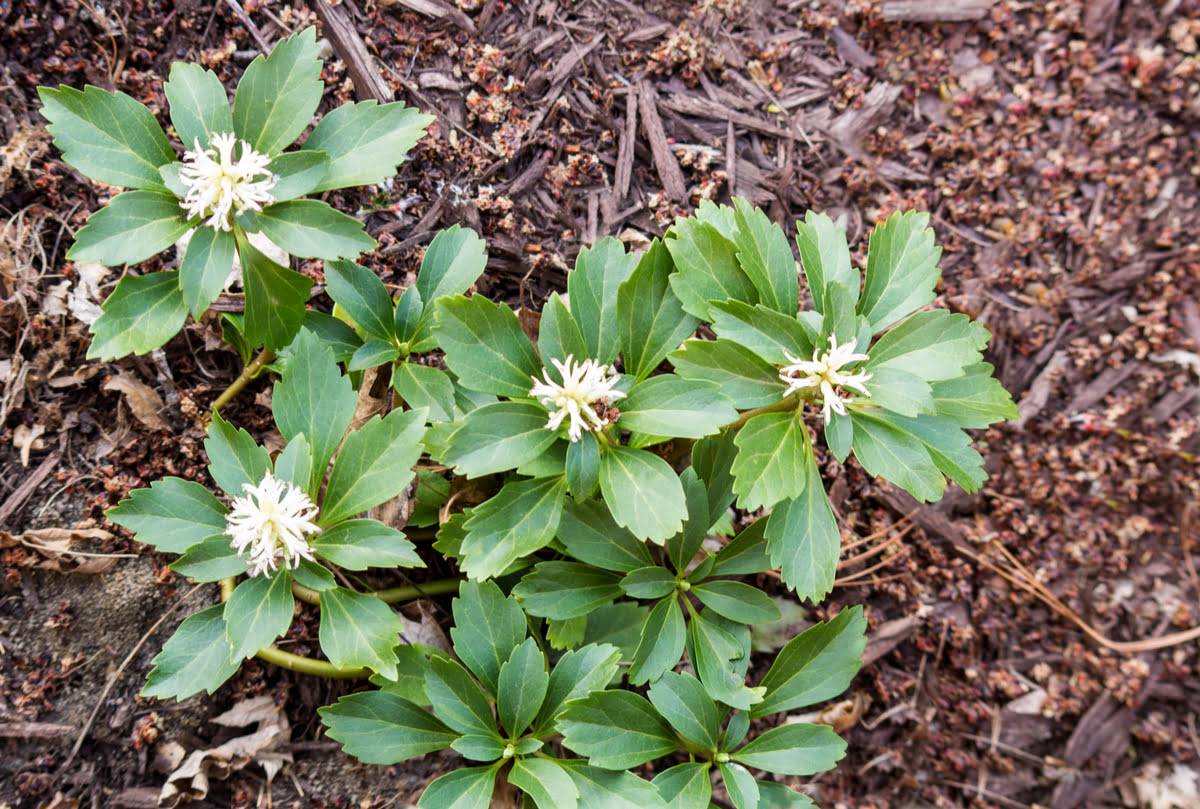

0 thoughts on “What Is The Best Ground Cover For Clay Soil”